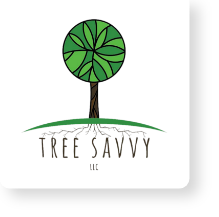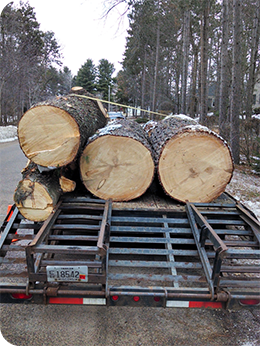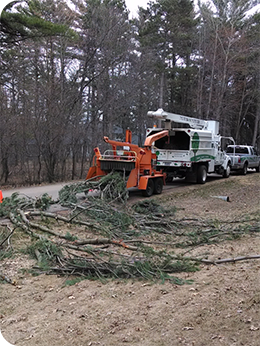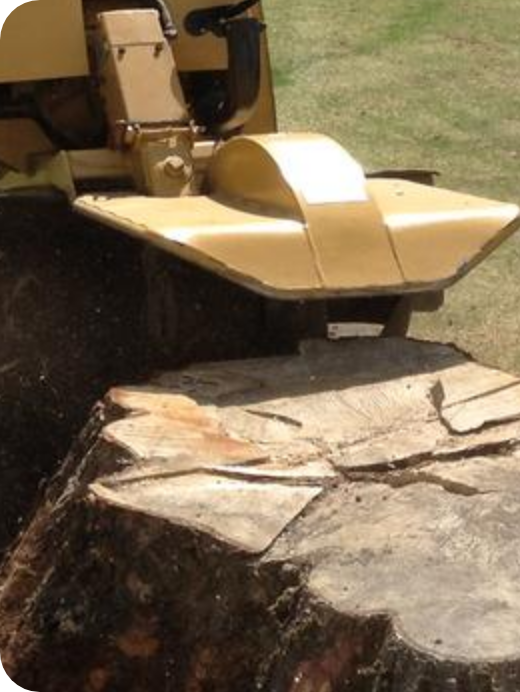Cabling And Bracing Services We Provide
The two most common forms of structural support for trees are cabling and bracing. Structural supports reduce the risk of weak branches and failure due to multiple stems. If a tree grows with two stems, structured cabling of the tree crowns can prevent breakage by securing the weak attachments of the tree. This is the most common risk of a tree breakage and can be avoided, or corrected, by the use of structured cabling.
Cables generally consist of extra high strength steel. Typically installed in the upper crown of a tree, they limit the movement of the tree branches to ensure a greater quality of life and to limit the chance for breakage during rough storms. Rods are installed much lower in the tree, just above and/or below the defect of the tree structure. Braces, or tree stakes, are thread rod that provide support for the tree trunk while the roots of the tree develop into the ground.
Request a Quote
Fill the form below and we will reply with a custom quote for your needs
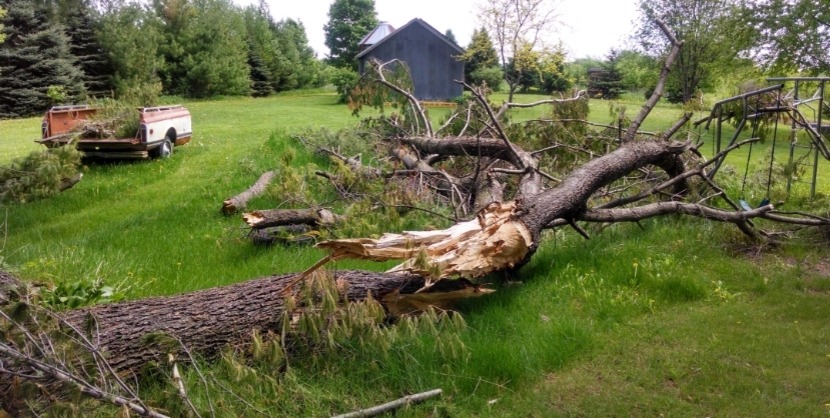
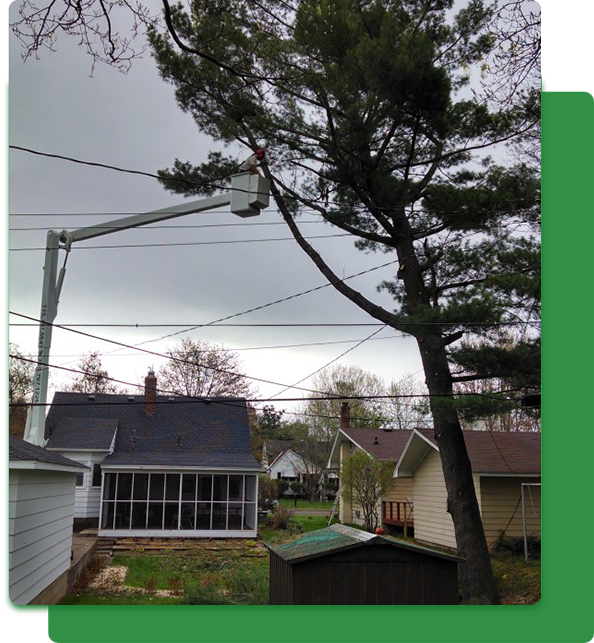
Are Tree Stakes Needed?
Using tree stakes in the young stages of a tree’s life can provide support for the trunk, while its roots develop. Bracing when unnecessary, or leaving the stakes in for too long, can be harmful to the tree’s structure over time. To determine whether bracing is necessary, it’s crucial to recognize both the height of the tree and the size of the root. For instance, a young, tall tree attached to a small root ball will require tree stakes for extra support.
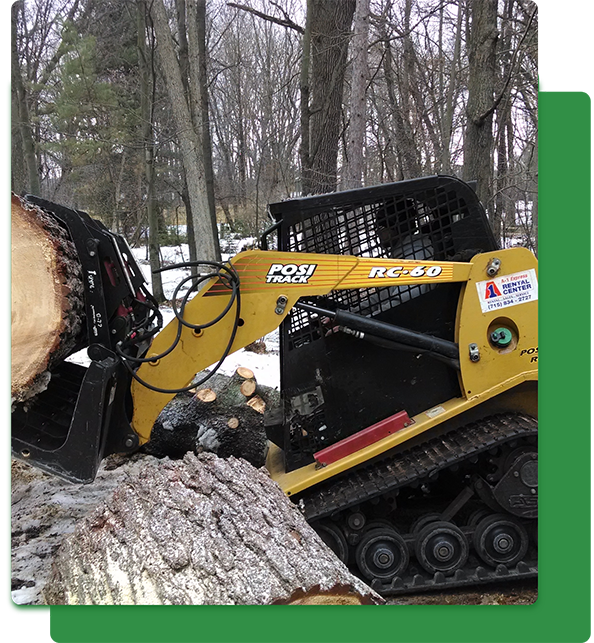
Can My Tree Be Saved?
Storms and other natural misfortunes can lead to the impairment of many trees, most of which can be corrected, or saved. If there is only slight damage to the tree, the process of wound repair could be necessary to save the tree. For instance, a mature shade tree can typically survive the loss of a major limb; however, wounds should then be closely monitored for decay. Young trees can usually can afford minor damage and still recover quickly, with the help of structured cabling or bracing, depending on the type of damage it has endured.
